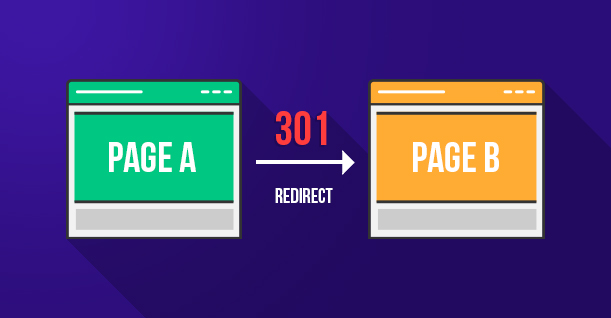How To Improve Your Page Speed
Your page speed is a measurement of fast how the content on your page loads. It’s essential to keep this quick, to keep site visitors on the page, rank better on Google, and encourage customer conversions.
A slow website can be a big problem for a business, so spend some time concentrating on page speed.
What Is Page Speed?
Page speed is not the same thing as site speed. Site speed is the page speed for a sample of page views on a website. Page speed is the page load time, which is the time it takes for a specific page to be fully displayed, or the time to the first byte, which is how long it takes your browser to receive the first byte of information from the webserver.
You can check your page speed with speed testers like pagespeedplus.com, or tools from Google.
SEO Best Practices on How to Improve Page Speed
According to Google, site and page speed are one of the factors looked at by their algorithm to determine page rankings. Slow page speed can also mean that search engines will crawl fewer pages, which can also hit your rankings.
Page speed should be an essential factor in your SEO practice.
How to improve page speed? Page speed also has an impact on the user experience on your site. Pages that take longer to load will have a higher bounce rate and keep customers on the page for a shorter time.
A longer load time could also impact your conversion rate.
Here are some ways to increase your page speed.
Enable Compression
Find a software application for file compression, which will reduce the size of your CSS, HTML, and JavaScript files that are larger than 150 bytes.
Make sure you don’t use this to compress images. Instead, compress images in a program like Photoshop, so you can maintain the image quality while making it less dense on your page.
Minify CSS, HTML and JavaScript
To do this, optimize your code by doing things like removing spaces, commas, and other unnecessary characters. You should also remove code comments, formatting, and any unused codes.
This can dramatically improve your page speeds and get your site loading faster.
Reduce Redirects
Every time a page redirects to another page on your site, your site visitor has to go through more wait time while the request-response cycle completes. Running additional redirects slows down page load, so keep redirects as streamlined as possible.
Minimize HTTP Requests
A considerable amount of a page’s load time is spent downloading different elements on the page, like scripts and images. An HTTP request is made for each of these separate page elements. The more elements you have on a page, the longer the page will take to load.
To minimize these requests, work out how many your site is currently making. Google Chrome’s Developer Tools will show you how many HTTP requests are being made. Getting the number of requests down will speed up your site, so go through your files and find anything that isn’t needed.
Reduce Server Response Time
The amount of time your DNS lookup takes is one of the most significant factors that have an impact on page speed.
A domain name system, or DNS, is a server with a database of IP addresses and their hostnames. When somebody types a URL into their browser, a DNS server translates it into the IP address that shows its online location. A DNS lookup is finding a specific DNS record.
The length of time that this lookup takes will depend on your DNS provider’s speed. If it’s slow, you need a faster DNS provider. A slow provider will make it slower for visitors to land on your site in the first place and will put them off.
How to Improve Page Speed – Choose The Right Server
If you’re a new business owner, it can be tempting just to choose the cheapest option you can find for your hosting. In the beginning, this can be fine, but as soon as you start to get some traffic to your site, you’re going to need an upgrade. It’s worth investing a little more into your host so you can get one that you trust.
You can choose between shared hosting, VPS hosting, or a dedicated server. Shared hosting is the cheapest choice. This is fine for low-traffic websites, but a shared host will struggle with traffic spikes or high volumes of traffic.
Your site could also be hit by traffic spikes on other sites that are using the same server as you. With a shared host, you’ll be sharing some resources, like CPU, disk space, and RAM, with others on the same server.
VPS hosting means you will still share a server with other sites, but you will have a dedicated portion of the server’s resources just for your site. This is more expensive than shared hosting, but it is a good next stage. It protects your site from traffic spikes elsewhere on the server.
With dedicated hosting, you don’t share resources with anyone, but you may also be in charge of the technical setup and configuration. If you need more space for your site and complete control over your hosting, then this is the best, but most expensive, choice.
If site traffic is beginning to slow down your server response times, then switching up your hosting can be the easiest way to fix this.
Page and site speeds are very important. Slow page times are off-putting for site visitors and can damage your search engine page rankings too. Investing some time into speeding up your website is well worth the time and money, as it faster load times improve user experience, search engine rankings, and conversion rates.
Improving site speed can be a slow process, but even just some of these tips can begin to improve things for you. Faster page speeds should mean you will see an improvement to your overall site performance, too, making it a process well worth taking on.




















